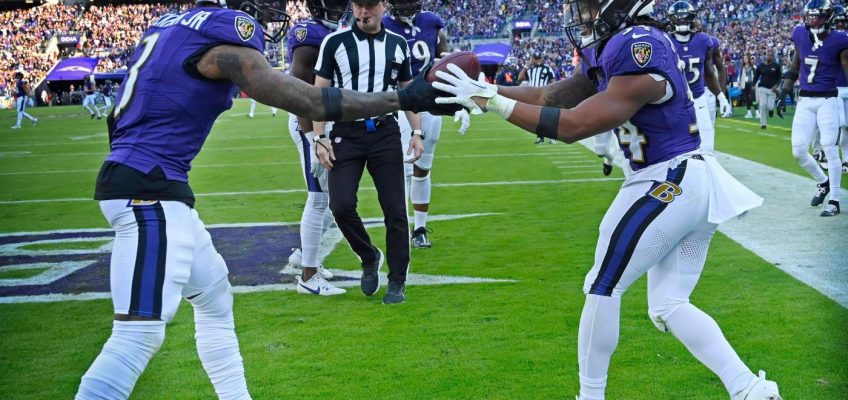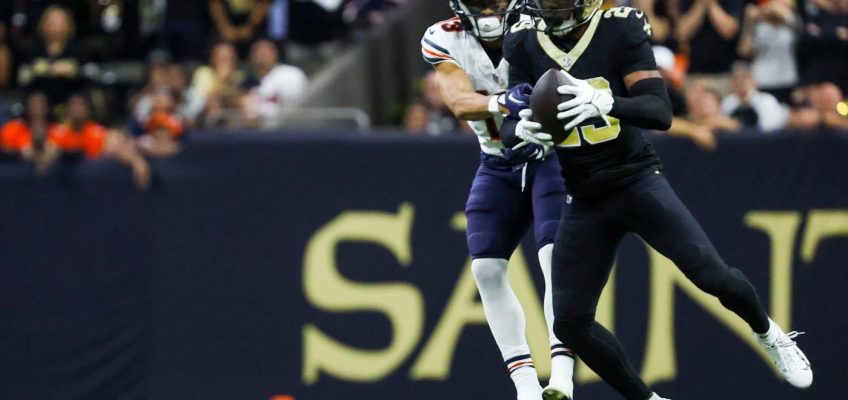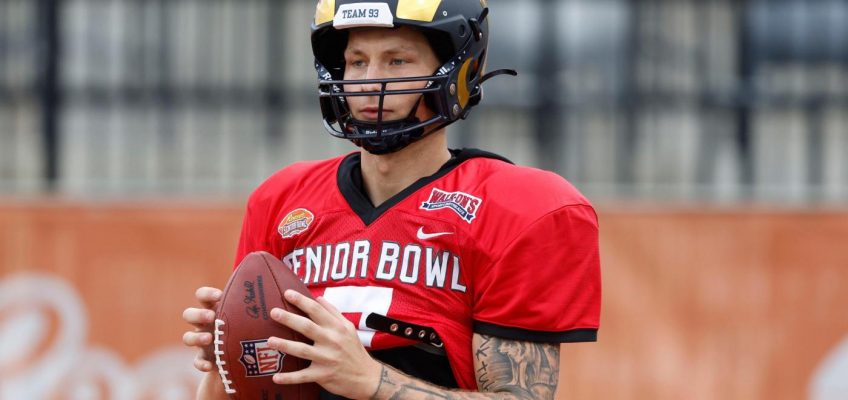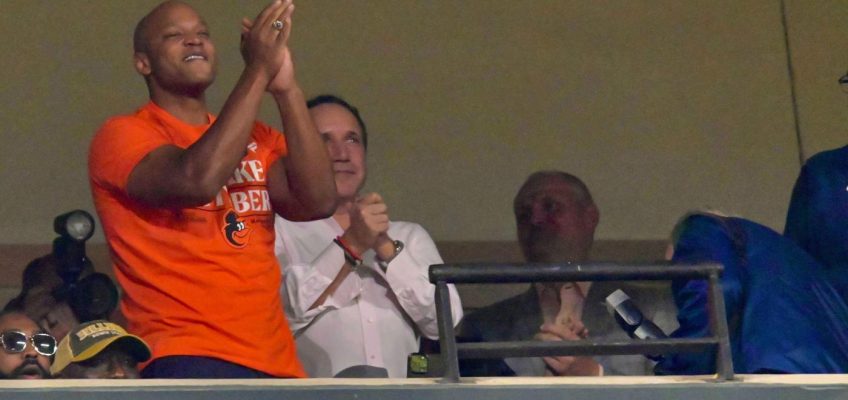The missing ingredient has been found.
Well, maybe.
The Ravens needed a home run hitter at running back to complete this team for a playoff run and they might have found him in rookie Keaton Mitchell, an undrafted free agent out of East Carolina and a product of McDonough, Georgia.
The 5-foot-8, 191-pound speedster played a huge role in the Ravens’ 37-3 victory against the Seattle Seahawks on Sunday at M&T Bank Stadium, making one of the NFL’s top teams even more complete.
The Ravens already had everything else. They have perhaps the league’s best defense, which held Seattle to 151 yards of total offense, including 87 in the first half and 50 on a pass to wide receiver DK Metcalf late in the second quarter.
They had an inside runner in Gus Edwards and a third-down weapon out of the backfield in passing situations in Justice Hill. They already had a quarterback who has gotten better passing inside the red zone and making quick decisions when facing blitzes.
They were just missing a breakaway threat who could possibly score on every play from anywhere on the field.
Enter Keaton Mitchell.
He finished with 138 yards on nine carries, including a long run of 60 yards and a 40-yard touchdown run with 29 seconds left in the third quarter to push the Ravens’ lead to 30-3. His 60-yard scamper led to a 6-yard touchdown pass from backup quarterback Tyler Huntley to receiver Odell Beckham Jr. midway through the fourth.
“We’ve seen in the preseason where he was playing against the [Washington Commanders]. We saw how explosive he was, and we see it in practice, but today the offensive line just gave him a little room and he did the rest,” Ravens quarterback Lamar Jackson said of Mitchell. “He was hitting the hole. … Just making crazy runs [and] great cuts. It was great to see. Sometimes, I wasn’t carrying out my fake, because I wanted to see what he was going to do with the ball.”
It might be a one-game flash, but at least the Ravens have something to work with, another weapon to put into offensive coordinator Todd Monken’s arsenal.
Before Tuesday’s trade deadline, there was a clamor for the Ravens to make a last-minute deal for Titans running back Derrick Henry or the Raiders’ Josh Jacobs, moves that might have put the team over the top for a deep playoff run. The cost, however, was too much and there was no guarantee that player would put the Ravens into the AFC championship or Super Bowl.
There isn’t any guarantee with Mitchell, either, but at least the Ravens won’t mortgage away their future for one or two years of a veteran running back. They might have a threat now.
Maybe.
“That really never came into the conversation. [I’m] just being honest,” coach John Harbaugh about Mitchell’s status in any trade talks. “I think we knew what we had with him, and we also have. … I’m going to tell you, Melvin Gordon’s a really good back, too. We have four guys that we really like, but I think you look at value and what it costs and opportunity.
“It just didn’t work out, but yes, it’s probably a pretty good point. It turned out OK, right?” Harbaugh asked with a smile.
Mitchell might be the upgrade needed as long as he can stay healthy. He missed the first four games of the season with a shoulder injury and played only two offensive snaps before Sunday.
But the Ravens finally got all their receivers involved, including Beckham (five catches for 56 yards) and Rashod Bateman (three catches for 28 yards), to complement tight end Mark Andrews and rookie Zay Flowers.
Jackson is a dual threat, but opposing defenses only had to honor his speed on the outside. Well, not anymore.
Mitchell could be the missing element, even though he didn’t get his first carry until Sunday.
But how do you like this lineup: On the inside is Gus The Bus. On third down, there’s Hill, who has become so much better as a pass blocker through the years. Now, the Ravens might have a breakaway threat in Mitchell, something they haven’t had since J.K. Dobbins tore his Achilles tendon in the season opener against the Houston Texans.
Seattle had a hard time finding Mitchell. He showed quick acceleration to run through holes up the middle. He flashed the speed to get to the outside and then the cutback ability to outmaneuver the Seahawks in the open field.
So when you look at the Ravens’ offense now, you see a team that can hurt you in many ways. Combined with an overpowering defense, the Ravens are complete.
A better word is balanced, and certainly more explosive. It’s not often that a rookie can mean so much, but Mitchell could play a big part in this team’s success, especially late in the season.
He is also extremely humble and hungry, which makes him even more of a perfect fit for a team that already has established players such as Andrews, Beckham and Jackson.
“It means a lot. My dad was undrafted,” said Mitchell, whose dad, Anthony, was a reserve safety on the Ravens’ 2000 Super Bowl championship team. “He came here [to Baltimore]. He told me everything I needed to know. [He said] just stay humble, keep doing what you do, keep thanking God, and your time will come. And today, it came, so [I’ll] just keep going.”
()




